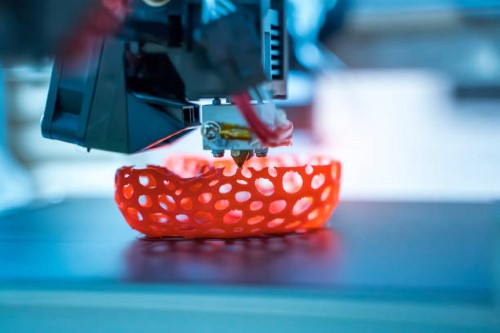How Do You Choose The Right 3d Printing Filament?

3D printing is not just about choosing your resin 3d printer but
it's also crucial to choose the correct material to get the best outcomes. When
faced with the overwhelming choice of different filaments, plastics and
properties, it's always easy to locate your feet. Armor 3D can give you some
suggestions on selecting your 3D filament, and the key questions to think about
before purchasing an Bobbin!
The choice of printing filament is clearly dependent on the 3D printer you
have. Each machine is different and may not accept all filaments on the market.
Before choosing your material be sure to consider the particular features of
your 3D printer. Remember to check:
The filament diameter. It's usually 1.75mm but could be 2.85mm.
The material used to make the print nozzle which affects the type of filament
you will choose. Brass nozzles are most widespread and can be used to print
common materials such as PLA, ABS, and nylon. It is recommended to use stainless
or tempered steel nozzles when you're printing Abrasive or corrosive
materials.
The maximum temperature of the extruder for industrial 3d printer is
determined by whether the filament is fused at higher or lower temperatures.
PLA, for example, has a printing temperature of between 190degC to 230degC while
that of ABS is around 230degC - 250degC.
Heating plate: For some filaments, it's recommended to use heating plates to
stop the filaments from separating. This applies to ABS and ASA, for
example.
The selection of filaments does not just depend on the specifics of the 3d
printer. it also affects the prints you wish to produce, from an aesthetic,
mechanical and use perspective.
Mechanical properties
If you wish to obtain a solid and impact-resistant part it is recommended to
choose ABS or polycarbonate filaments. If you're looking for the flexibility of
a semi-rigid or flexible object, there are TPU or TPE-based materials that
create parts that can be easily shaped. So it is vital to determine what 3D
printed object will be used before choosing the right filament. If the item is
in direct contact with food items, select a PET-based filament.
Aesthetic properties
It is important to choose which kind of finish you prefer matte or gloss?
Should my part be smooth? Do I need my part to be translucent? These questions
will impact the choice of 3D printer filament. There's many different hybrid
materials generally composed of a PLA base as well as an additional material
like bamboo, wood brick or cement that give the filament a completely different
aspect and hence a distinct finish that is, in terms of color or
texture.
You also need to choose the color and texture you would like and also the
quality you want for your desired surface. For instance, the smaller the
printing layer, less noticeable they'll appear.
Environmental properties
In addition, the selection of 3d modeling software is in addition to the
setting in which printing will take place. Some plastics produce toxic VOCs when
fusion occurs. These VOCs could prove hazardous in closed environment. It is
recommended to print these filaments using an enclosed 3D printer, or outdoors.
This applies for ABS also. It is also important to determine if the filament you
are using is sensitive to humidity and if it should be kept in a dry location.
Take note of the filament's resistance to water. In addition, look for signs
that the filament has any smell In a space that is living, you should favor PLA,
PHA or PET.
Advice from Armor 3D
In order to find the most suitable printing filament to your specific needs,
Armor 3D recommends that you test a variety of kinds. Comparing different
filaments is the best method of establishing their various options and what you
require. Also, test different printing parameters, such as playing with
extrusion temperature, print speed, the use of supports, and so on. There is no
need to pick the most affordable filament. For superior quality prints, you can
go for a slightly higher priced one.
The PLA 3D filament is recommended for beginners in 3D printing. It is one of the most popular materials in the 3D printing plastic market. It is extremely flexible when printing. It can be easily manipulated after printing and comes in a wide range of colors. It is biodegradable, and is more environmentally friendly than ABS, which is one of the most commonly used plastics in FDM 3D printing.
Comments
Post a Comment